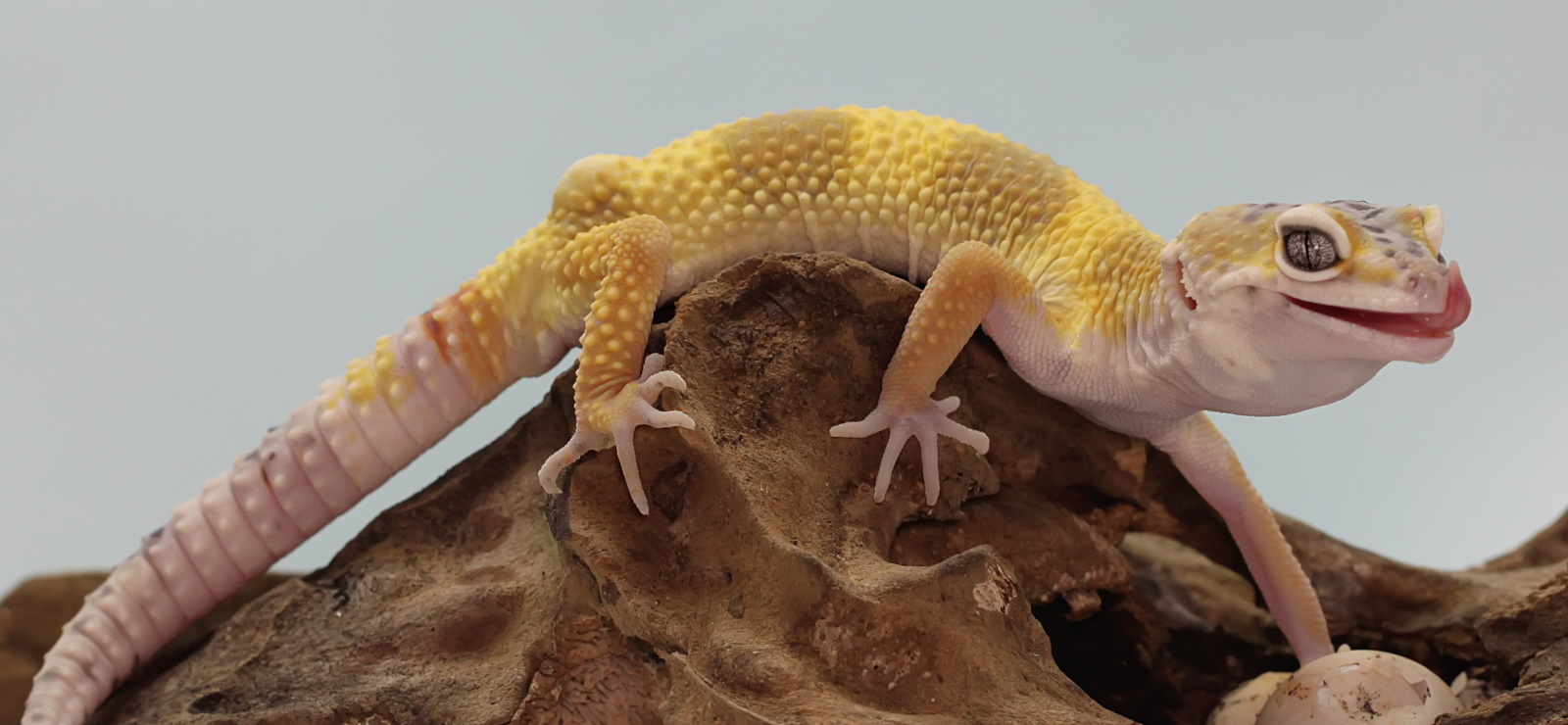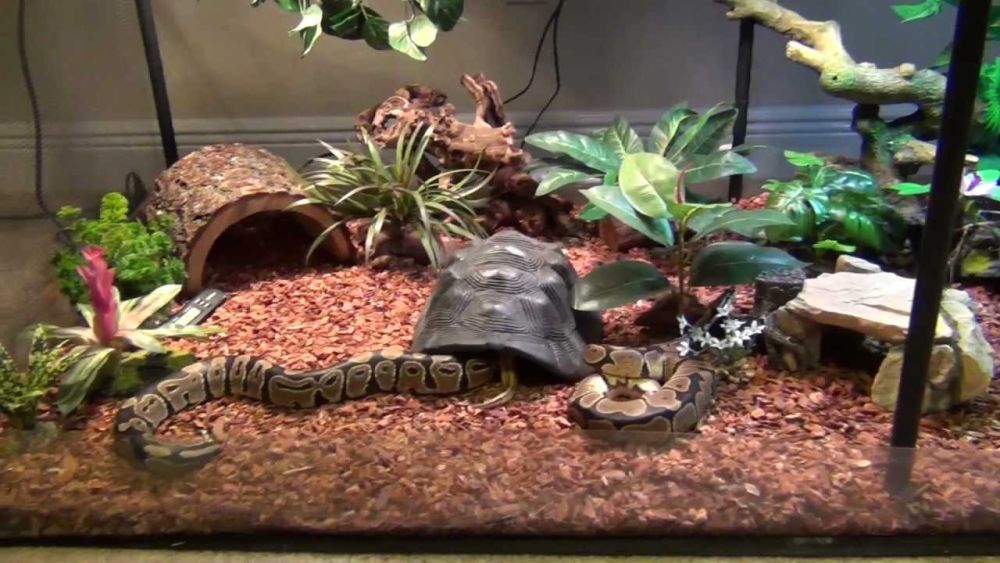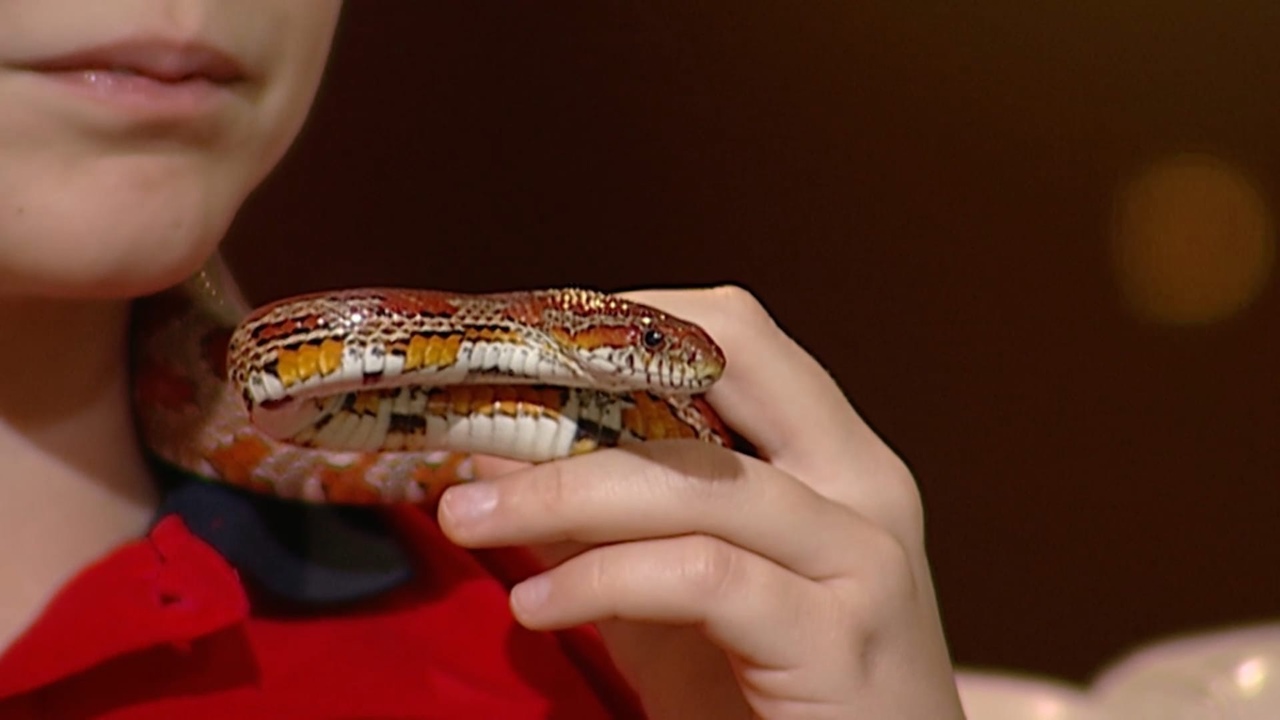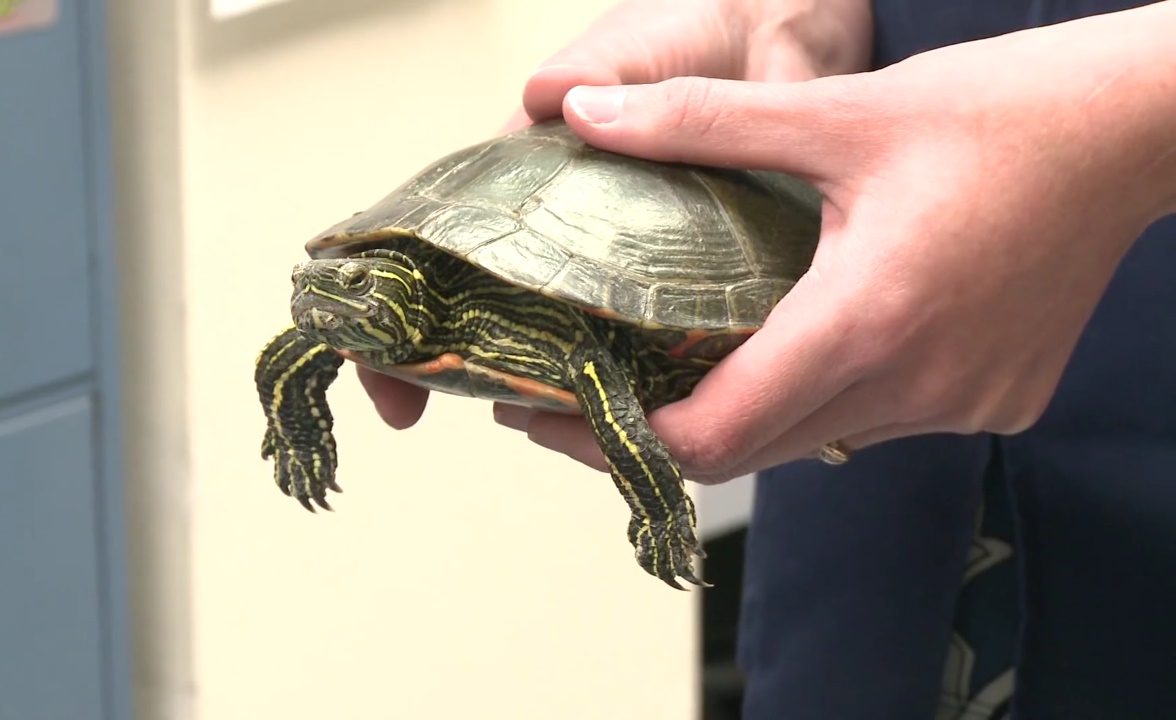
The variety of animal species that people have as pets increases every year and the question often arises: Should we get a pet reptile? Some people get cats or dogs, others get excited about hamsters, guinea pigs or parrots. But there are originals who dare to keep reptiles at home. Which of these exotic animals would be suitable for home keeping?
Reptiles as a pet cause mixed reactions among those who have not encountered these animals at home. Many consider these pets as dangerous, unpleasant to touch and not suitable for human habitation. Nevertheless, some of these reptiles are harmless and longevity, and others are too demanding to care for or pose some danger to humans.
There are actually not many reptiles that can get along with humans. The following species can be domesticated:
- snakes;
- lizards;
- turtles.
Many people mistakenly consider frogs to be reptiles as well. They certainly have their place in the terrarium at home, but the creatures belong to amphibians or amphibians. With crocodiles, they are rarely used as pets and require more attention due to their predatory character (large cage and special diet).
General recommendations when choosing a pet reptile

At first glance, choosing a reptile is quite easy, but don’t be in a hurry. There are a few important points to consider first.
Housing conditions. Reptiles are cold-blooded and therefore require a suitable environment (terrarium, filler, necessary microclimate with lighting, optimum humidity and temperature).
Character. Reptiles do not like contact with people, but some species are more tolerant of being carried along. Therefore, not every reptile is suitable for small children – better get a kitten or puppy.
Hibernation. Reptiles, due to their natural instincts, hibernate for one to several months. Size of the pet. Reptiles of medium and small size are easier to care for and the size of the terrarium is not so large for such an animal.
Food requirements. Reptiles mostly eat specialized foods, insects and vegetables, but most snakes will need freshly killed rodents. Can you personally feed your pet in this way?
Budget. This includes the cost of the reptile itself and the money you will shell out for the food, the services of a specialized veterinarian (not all of them specialize in reptiles), and the necessary equipment.
Danger of the species. Beginners should not even think about purchasing poisonous snakes, as these reptiles require a well-designed and manufactured terrarium and professional care. Some turtles have strong jaws and therefore it’s not a good idea to poke them in the mouth with fingers or try to kiss them. Lizards may bite if disrespected.
Tame snake

There are many folk superstitions associated with these skin shedding reptiles, just like spiders. Not every household member, friend or guest will appreciate having a snake in their midst, even if it is kept in a terrarium. Advantages of keeping crawling pet are rather numerous:
- quietness;
- allergic reactions eliminated;
- gracefulness;
- only rare specimens require special care.
Keep in mind the main feature of keeping snakes – almost all species of these reptiles need live food. The scene of a crawling pet frog, small mouse or snail being eaten by it will not be enjoyed by every owner. But you have to do it once to several times per month (you shouldn’t take the animal for some days after such eating). Also consider that most snakes grow rather quickly and a miniature reptile is capable of increasing in size by 5-20 times. This is especially important when purchasing a terrarium, as the larger animal will be very cramped.
Contrary to the stereotype, snakes vary in character: Some are slow and playful, sociable and solitary, tame and difficult.
The most popular snakes:
Popular crawling pets include the Maize Snake. Most common reptile in domestic terrariums with red body, diluted with white or black markings. The creeper is friendly, does not exceed 1.5 m in length, gets along with congeners and breeds well in captivity.
California King Snake. The features of this reptile are almost identical to the Maize Skid, except for the varied colouration. Red rat snake. Unpretentious, active and curious, easily accustomed to humans.
Royal Python. Slow, likes to lie on the hands, coiled around the neck, can not withstand temperatures below 24 degrees.
The Common Eel. Small in size, with amusing coloration – white or yellow side stripes on the head, resembling ears. Found in qua-terrariums.
A pet with its own home

Although nature has given the turtle its own home (shell), the flat issue is still relevant for the turtle. You will need a spacious terrarium or enclosure for your pet to live in comfort. The tortoise may be aquatic or terrestrial, but even in the first case the pet needs a small piece of land to rest on. Another special feature of these reptiles is their need for UV light to aid in the absorption of calcium (provided by hinged lights). Smaller reptiles with a dorsal shield up to 30 cm in length can be kept at home.
The most popular tortoises:
The Central Asian Steppe Turtle. Unpretentious and clean, but likes to dig in the soil, making rather loud noises.
Mediterranean. Undemanding in the care, active in the morning and evening hours, and passive in the daytime.
Egyptian. Friendly, gets along well with congeners, small in size even in adulthood, hibernates in summer.
Red-eared. Beautiful and very agile aquatic reptile. Has sharp claws on her feet and can cause injury when trying to forcibly remove her from the aquarium.
Wetland. Another representative of the aquatic reptiles, swims and dives perfectly – the pet can be watched for a very long time.
Some think that they require very little care, but that’s not entirely true. These reptiles cannot get used to all conditions, so forget about keeping the animal in basins, boxes or jars. Also do not let the reptiles roam free on the floor, as they easily catch cold, can be crushed by housemates or be injured by finding a nook, such as somewhere under the sofa, and trying unsuccessfully to crawl out of it.